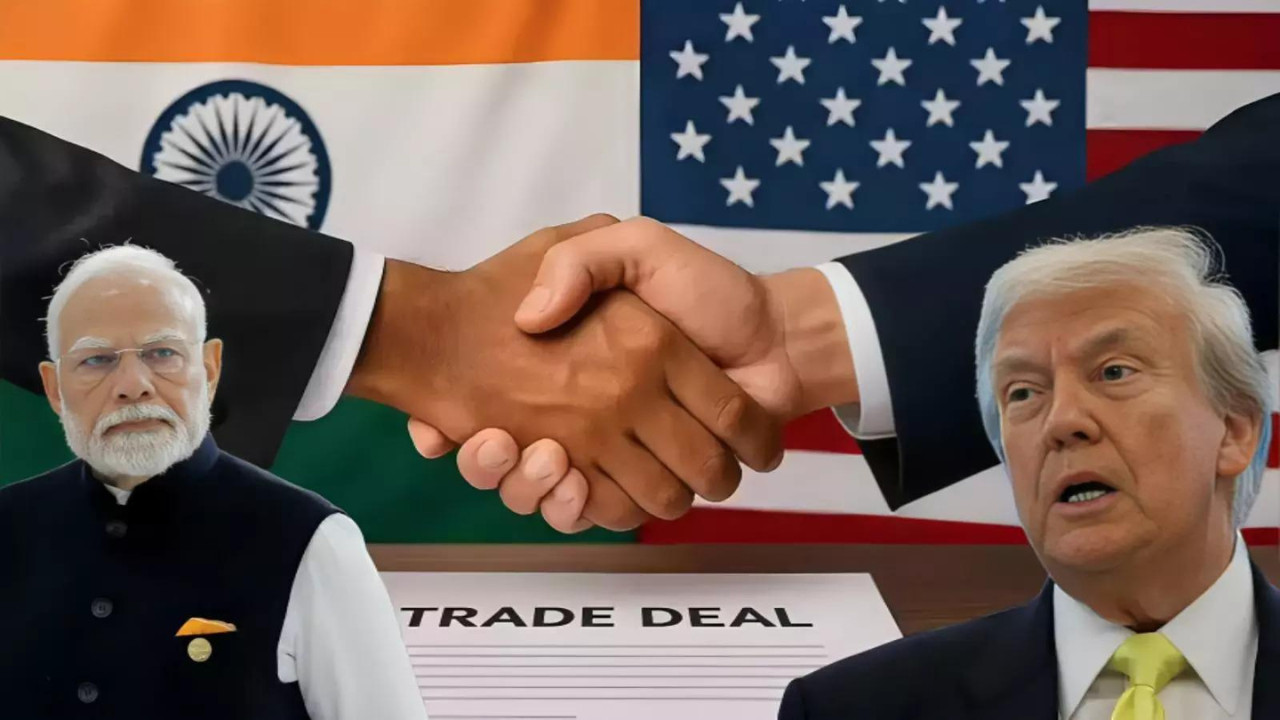India has removed mandatory quality checks on numerous raw materials, including textiles, plastics, and metals, offering immediate relief to manufacturers. This move aims to reduce delays and costs for businesses, especially MSMEs. However, experts urge close monitoring of imports to prevent dumping and protect domestic industries, advocating for alternative measures if needed.
Breathing Room for Business: India Rethinks Quality Control Orders
Imagine trying to build a house with constantly shifting regulations about the quality of the bricks. That’s the kind of uncertainty Indian manufacturers have been navigating regarding raw material standards. Now, the government has pressed pause on some crucial Quality Control Orders (QCOs), bringing a wave of both relief and raising crucial questions about the future.
For a while, the implementation of these QCOs—mandating strict quality benchmarks for specific raw materials—loomed large. Industries from automotive to electronics were bracing for impact. The intention was clear: to elevate the quality of products made in India, curbing the inflow of substandard goods and encouraging domestic production. But the execution proved to be a tightrope walk.
<img src="quality-control-india.jpg" alt="Indian factory worker inspecting materials, highlighting the importance of quality control in India” width=”600″ height=”400″>
The initial rollout caused ripples of concern across various sectors. Compliance required significant investments in testing equipment, process modifications, and navigating a new layer of bureaucratic hurdles. Small and medium-sized enterprises (SMEs), often lacking the resources of their larger counterparts, were particularly vulnerable. The fear was that these stringent rules, while well-intentioned, could stifle innovation and competitiveness, especially when many companies were already reeling under the weight of global economic headwinds.
So, what prompted this course correction? It appears a confluence of factors was at play. The government likely considered feedback from industry stakeholders who voiced concerns about the practical challenges and potential disruptions. They also took a step back to reassess the overall impact of these regulations on India’s manufacturing ecosystem. A more phased approach to implementation, allowing businesses time to adapt and invest, could prove more effective in the long run.
What’s Next for Material Standards?
The government’s decision doesn’t signal a complete abandonment of quality control. Instead, it suggests a strategic recalibration. The focus is likely shifting towards a more collaborative approach, where the government works hand-in-hand with industry to create realistic and achievable quality benchmarks. This collaborative model could involve pilot programs, phased implementation timelines, and greater support for SMEs in adopting best practices.
One potential downside is the risk of an increased influx of cheaper, potentially substandard, imports. Global Trade Research Initiative (GTRI) suggests vigilance is crucial to prevent India from becoming a dumping ground for goods that don’t meet acceptable standards. Stricter surveillance, coupled with streamlined import procedures, will be necessary to strike a balance between encouraging fair trade and safeguarding the interests of domestic manufacturers and consumers.
Navigating the Regulatory Landscape
For businesses, the key lies in proactive engagement and continuous improvement. Monitoring regulatory updates, participating in industry forums, and seeking expert advice are crucial steps in navigating the evolving landscape. Embracing technology and automation can help streamline quality control processes, reduce errors, and enhance overall efficiency. Ultimately, investing in quality is not just about compliance; it’s about building a sustainable competitive advantage.
This situation highlights the dynamic nature of policy-making and the importance of continuous dialogue between the government and industry. Finding the sweet spot between promoting quality and fostering a vibrant manufacturing sector requires careful consideration, flexibility, and a commitment to collaboration. The future of quality control in India hinges on striking that balance. For more information on navigating similar regulatory challenges, read our article on [streamlining supply chain logistics](/supply-chain-streamlining).
The government’s decision to temporarily withdraw these QCOs on key raw materials throws both a lifeline and a challenge to Indian manufacturers. It’s an opportunity to strengthen internal processes, innovate, and get ready for what comes next, because, undoubtedly, the pursuit of higher quality standards is a continuous journey, not a destination. How businesses adapt and respond in the coming months will determine their long-term success in an increasingly competitive global marketplace.







